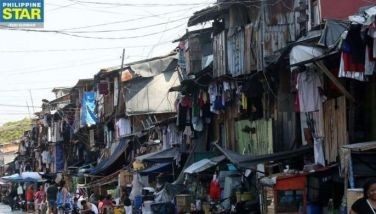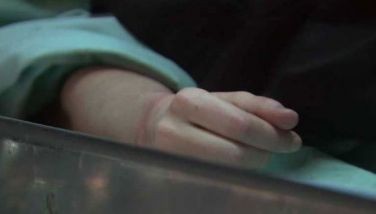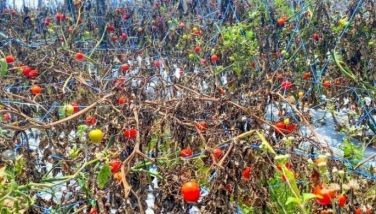Calungsod: The way to sainthood
CEBU, Philippines - With the announcement of the Vatican that the canonization of Blessed Pedro Calungsod is already set for Oct. 12, 2012, Cebuano devotees are now excited over the prospect of having a saint from their own home province.
But how much do we really know about the person destined to become the second Filipino saint?
Who was Pedro Calungsod?
Pedro Calungsod was a teenage native of the Visayas. It is not known exactly where in the Visayas he came from or who his parents were. He was one of the boy catechists who went with Spanish Jesuit missionaries from the Philippines to the Ladrones Islands in the western North Pacific Ocean in 1668 to evangelize the Chamorros. Back then Jesuits in the Philippines trained and employed young boys as competent catechists and assistants in their missions. The Ladrones at that time was part of the old Diocese of Cebu.
Despite the hardships, the missionaries persevered and the Mission was blessed with many conversions. The first mission residence and church were built in the town of Hagatña [Agadña; Agaña; Agana] in the Guam. Later the islands were renamed “Marianas” by the missionaries in honor of the Blessed Virgin Mary and of the then queen regent of Spain, Maria Ana.
Soon a Chinese quack named Choco, envious of the prestige that the missionaries were gaining among the Chamorros, spread talk that the baptismal water of the missionaries was poisonous. And since some sickly Chamorro infants who were baptized died, many believed the rumor. The campaign of Choco was supported by the Macanjas who were superstitious local herbal medicine men, and by the Urritaos.
These, along with apostates, began to persecute the missionaries, many of whom were killed.
The most unforgettable assault happened on April 2, 1672, the Saturday just before the Passion Sunday of that year. At around 7 a.m., Pedro —by then 17 according to the written testimonies of his companion missionaries— and the superior of the Mission, named Padre Diego Luís de San Vitores, came to the village of Tomhom [Tumhon; Tumon], in Guam. There, they were told that a baby girl was recently born in the village; so they went to ask the child’s father, named Matapang, to bring out the infant for baptism.
Matapang was a Christian and a friend of the missionaries, but having apostatized, he refused to have his baby christened.
To give Matapang some time to cool down, Padre Diego and Pedro gathered the children and some adults of the village at the nearby shore and started preaching to them. They invited Matapang to join them, but the apostate shouted back that he was angry with God and was already fed up with the Christian teachings.
Determined to kill the missionaries, Matapang went away and enlisted another villager named Hirao. During that brief absence of Matapang from his hut, Padre Diego and Pedro baptized the infant with the consent of the Christian mother.
When Matapang learned of the baptism, he was enraged and hurled spears first at Pedro who was able to dodge them. Witnesses said that Pedro had chance to escape but he did not want to leave Padre Diego alone.
Finally, Pedro got hit by a spear at the chest and he fell to the ground. Hirao finished him off with a cutlass blow to the head. Padre Diego could not do anything except to raise a crucifix and give Pedro the final sacramental absolution. After that Padre Diego was also killed.
Matapang took the crucifix of Padre Diego and pounded it with a stone. Then, both assassins denuded the bodies of Pedro and Padre Diego, tied them together, weighed them down with stones and dropped them off a boat into the sea.
Almost forgotten
The Mariana Mission continued amid turmoil. Meanwhile, the surviving Jesuit missionaries managed to start the process for the beatification of their Mission superior Padre Diego on January 9, 1673.
The documentation could not but mention also his companion in martyrdom but due to the difficult situation at that time and the eventual suppression of the Jesuits in the 18th century, the cause for the beatification of Padre Diego fell into oblivion and, together with it, the memory of Pedro which went hidden for centuries in the long-forgotten manuscripts of his companion missionaries.
On 17 September 1902, the Marianas became an Apostolic Prefecture and was separated from the old Diocese of Cebu. On 14 October 1965, Guam became a diocese by the name of “Diocese of Agaña”. On 8 March 1984, Agaña became an archdiocese.
In 1981, when Agaña was preparing for its 20th anniversary as a diocese, the 1673 beatification cause of Padre Diego Luís de San Vitores was rediscovered in the old manuscripts and taken up anew until Padre Diego was finally beatified on October 6, 1985. It was his beatification that brought the memory of Pedro to our day. (Source: www.pedrocalungsod.org) (FREEMAN)
- Latest
- Trending




















